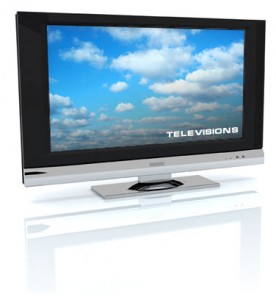While there are many components that make up the average home theater system most people often overlook the importance of their televisions to the overall video and movie watching experience. As with all things in life, bigger, when it comes to televisions for your home theater, is not always better. There are many things that must be considered when selecting the best possible television for your home theater and size is only one of many.
Mass retailers show televisions in a manner that suits their purpose, which is a sale. This doesn’t mean that their methods for displaying their televisions paints those sets in a proper light for your home viewing experience. Not so long ago, a 20-inch viewing window for your television was considered huge. It was a luxury saved for those who were extremely wealthy. The truth of the matter is that if you do not sit a proper distance from your television the quality of the picture will look horrible if your set is too large. [Read more…]

